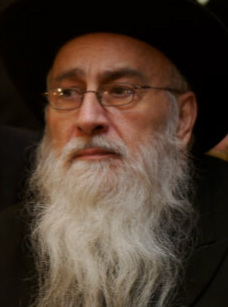SANCTITY IS IN THE ORDINARY THINGS
|
|
Silk Screen Printing
A Sofer, using a pen, will shape letters as he applies ink to the parchment, one at a time. The same scribe does the same thing on masse by pushing ink through a Silk Screen and then pushing those letters onto the parchment. Rabbi Abadi, a well known and highly accomplished Posek, greatly praised by some of the greatest rabbis of the previous generation encourages this method for producing Sifrey Torah. |
|
Rabbi Abadi was born in Venezuela and moved at a very young age, together with his parents, back to Tiberias. He learned in Yeshivat Chevron in Jerusalem. At the age of 19, the "Chazon Ish" sent him to study in Lakewood, NJ, under the famed Rabbi Aharon Kotler.
Rabbi Abadi is a renowned Posek whose students are accomplished rabbis across the globe. Rabbi Abadi was the leading Posek for the entire Lakewood community. In 1980 Rabbi Abadi opened a Halacha Kollel in Lakewood, transferring it in 1993 to Har Nof, Jerusalem and has since moved back to Lakewood NJ 2009. |
|



